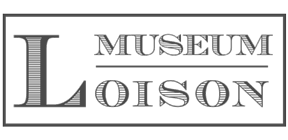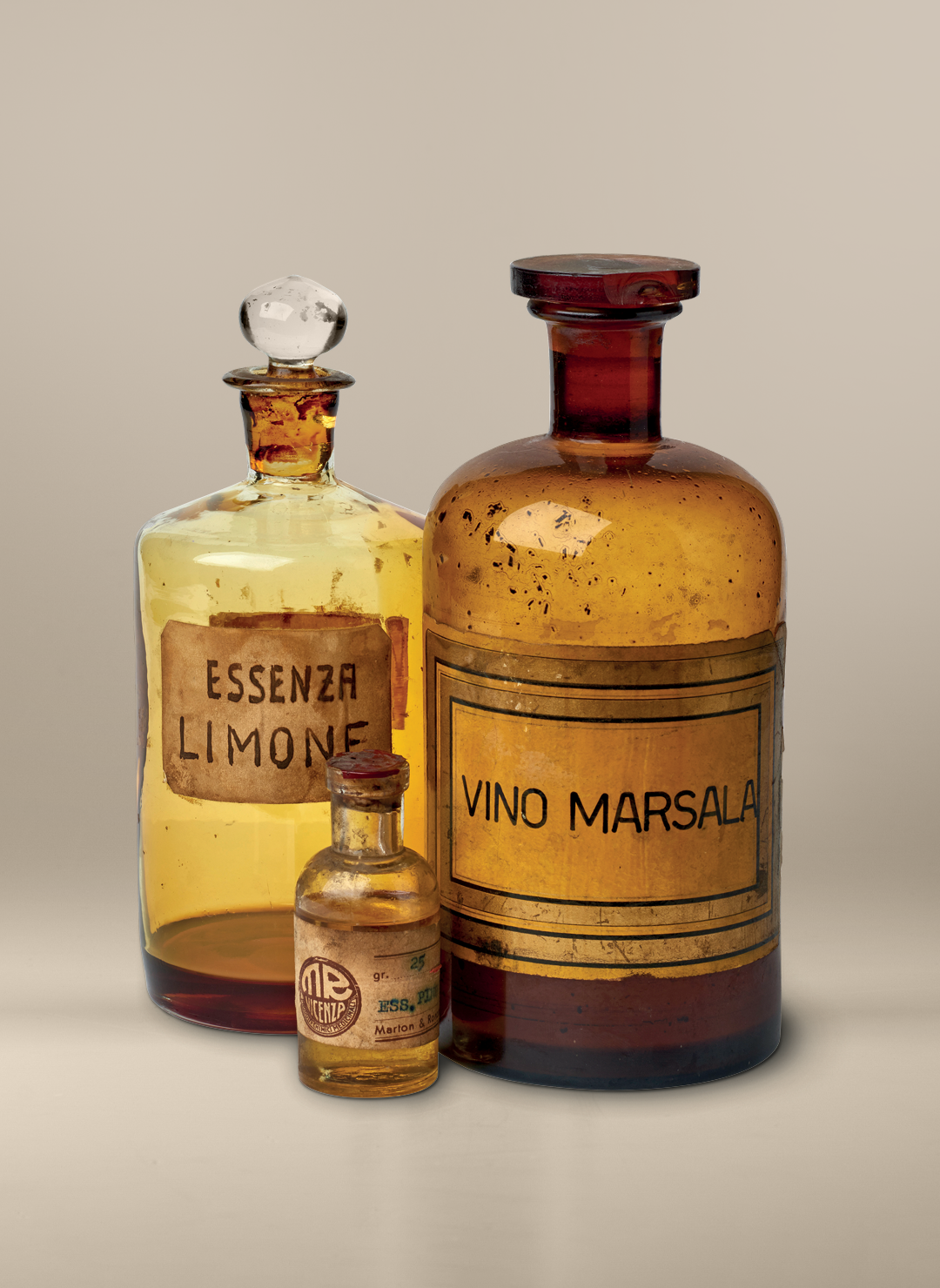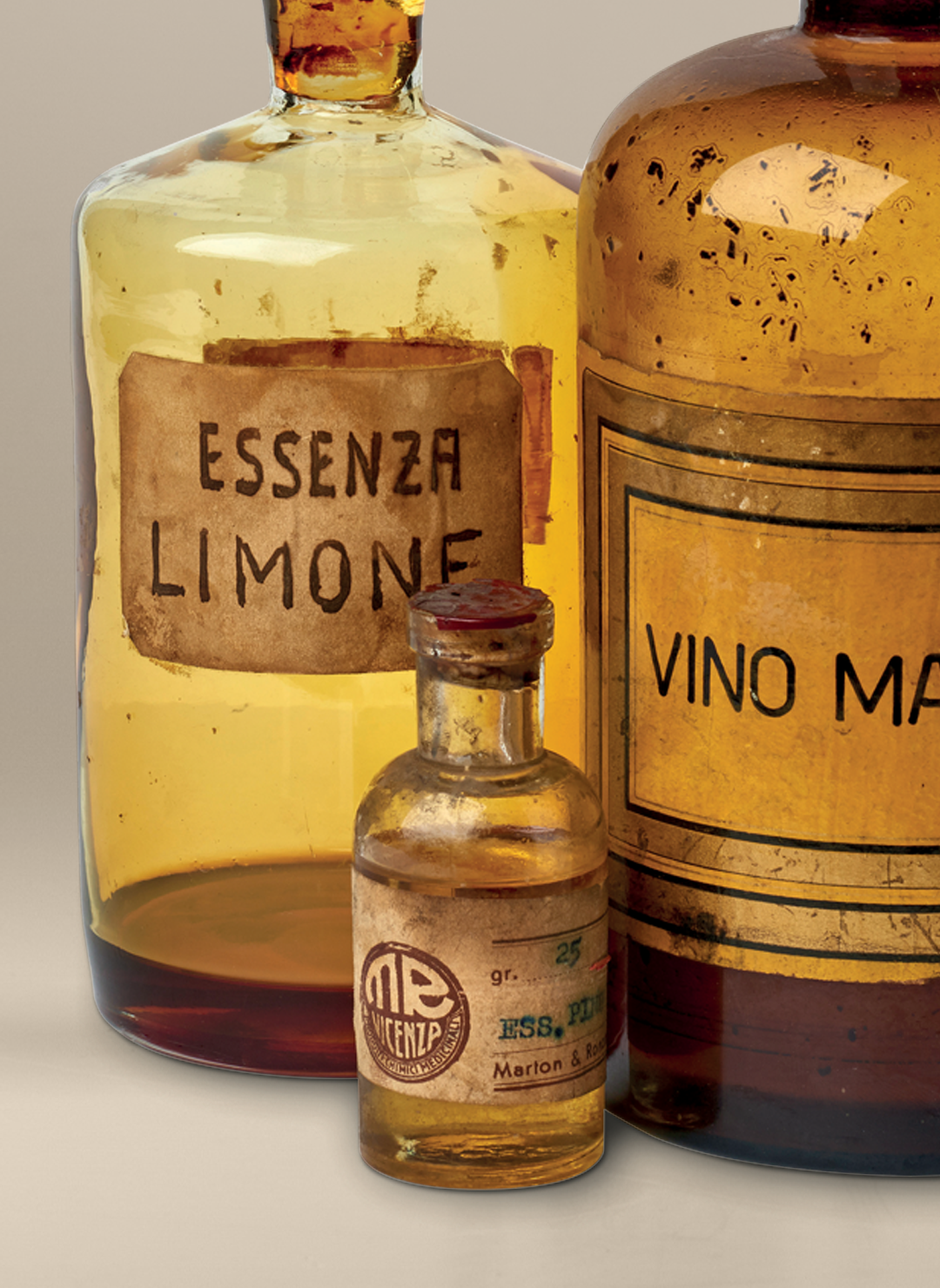Since ancient times, spices, aromatic herbs and essences have been some of the most expensive and valuable ingredients used for preparation of sweets. The long-standing tradition of apothecary is alive again thanks to our precious collection of vases and jars dating back to late-1800s and early-1900s.
Natural essences are among the most ancient natural ingredients, and have been used since ancient times in the production of cosmetics, medicines and sweets. They are extracted from fresh or dried plants by simple distillation with water vapor or through other techniques: squeezing, maceration, extraction with solvents etc. The pharmaceutical use of natural essences is mainly based on their physiological properties.
Both at home and in pastry shops, natural essences are used to obtain bases for cakes and desserts with an unsurpassed taste and aroma. In the preparation of desserts, the most common are the essence of vanilla, the essence of lemon and the essence of orange blossom.



